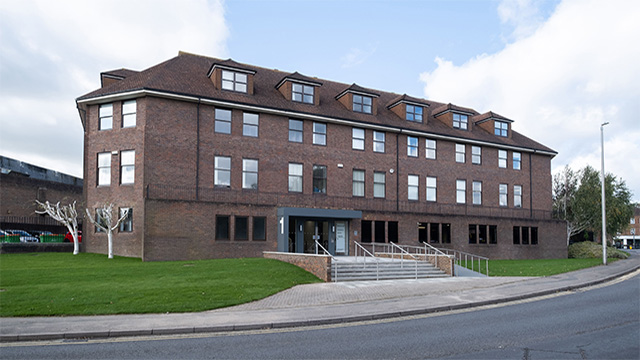Built environment stabilises as regional activity picks up
Construction industry performance has begun to stabilise, driven by improved non-residential activity in the regions, according to data from Glenigan.
Its June Construction Index showed that overall industry decline recorded over the past 12 months is gradually levelling out.
Geographically, Yorkshire & Humber and Northern Ireland stood out as the top-performing regions, with starts increasing by 35% and 22%, respectively, against the preceding three months. On a year-on-year basis, construction starts rose 34% and 5%, respectively.
Construction industry performance has begun to stabilise, driven by improved non-residential activity in the regions, according to data from Glenigan.
Its June Construction Index showed that overall industry decline recorded over the past 12 months is gradually levelling out.
Geographically, Yorkshire & Humber and Northern Ireland stood out as the top-performing regions, with starts increasing by 35% and 22%, respectively, against the preceding three months. On a year-on-year basis, construction starts rose 34% and 5%, respectively.
Elsewhere, the South West recorded 28% growth on the prior quarter, but was still down by 1% against the previous year. In contrast, construction starts in the North West fell by 5% against the preceding three months, but still finished 1% higher when compared with the previous year.
London saw a 30% decrease against the preceding three months and was 25% down year-on-year.
Starts also fell consistently in the South East and East of England, East and West Midlands, Scotland and Wales in both the three-month period and 2023 levels.
Sector analysis
Glenigan’s research showed that overall stabilisation of construction performance was helped by the hotel and leisure sector, which has experienced an activity boost in the past three months, rising by 39%. The number of project starts were up by 23% on an annual basis.
Education starts have also spiked, up by 35% on the previous three months and 14% on 2023 levels.
On the flip side, industrial starts experienced a slump, falling by 29% during the three months to 31 May, resulting in 56% decline on a year ago.
Health starts also had a sluggish quarter, down by 25% and 2% on 2023 levels. Likewise, office starts tumbled by 18% against the previous three months and by 14% on last year’s figures.
Turning to residential, the report, which covers all underlying projects with a total value of £100m or less, tracked an 11% drop in construction starts over the past three months. Year-on-year, the sector’s performance dipped by 21%.
The move came amid private housing performance falling by 15% against the previous three months and 23% compared with the previous year.
More positively, social housing experienced a small growth of 1% compared with the preceding three months. However, this was 16% lower than 2023 levels.
Drilon Baca, economist at Glenigan, said: “A return to a period of relative stability will be welcomed across the sector. However, with a general election exactly a month away, we need to approach these figures with an element of caution.
“Whatever the results, it will have a considerable effect on industry behaviour, particularly in the private sector, either prompting a spurt of activity or a resumption of the pausing and delays commonplace over the past 24 months.
“In the public sphere, much will depend on the policies announced in respective manifestos and what the victorious party, or parties in a hung parliament, choose to prioritise.”










